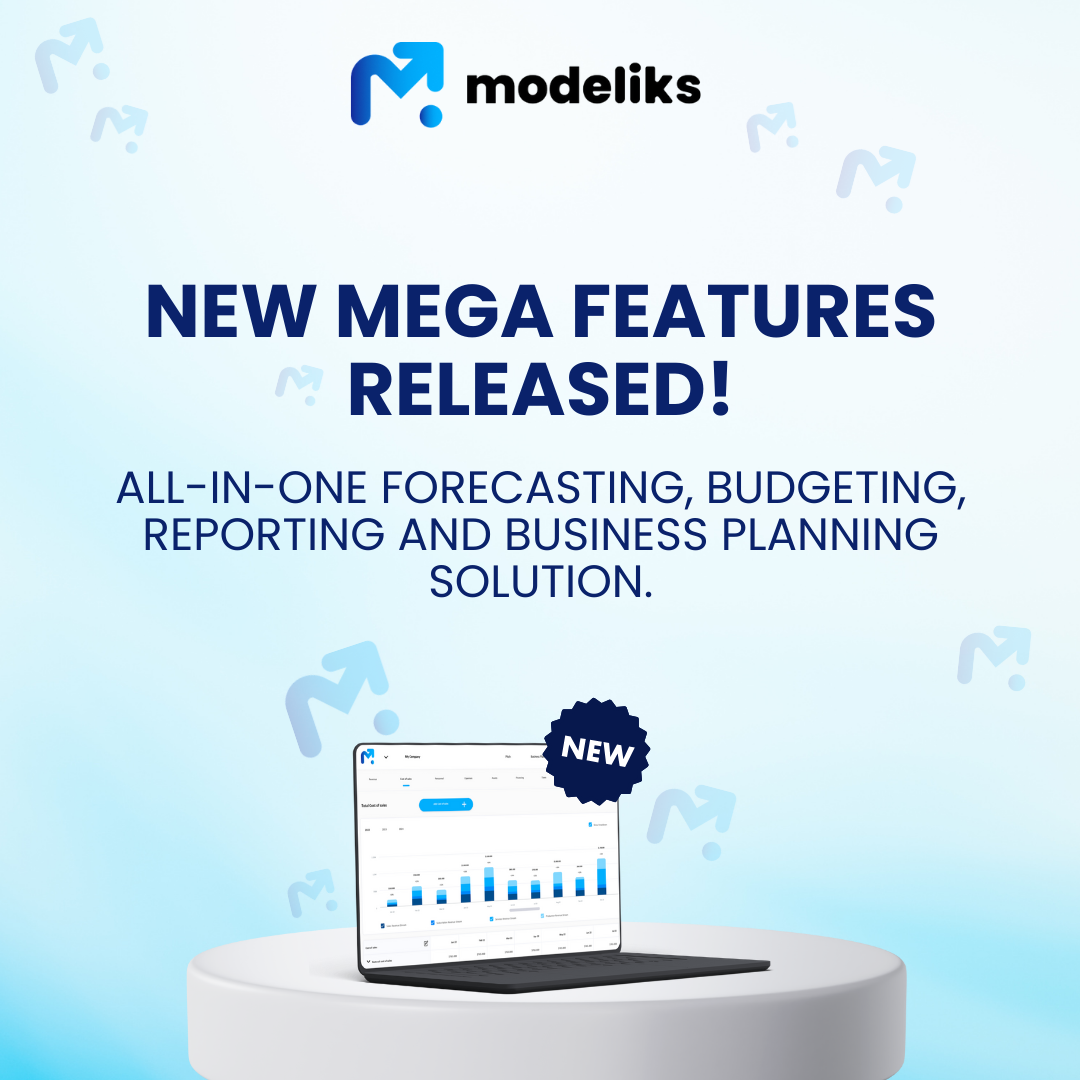In the labyrinth of business strategy and financial management, understanding the pulse of your organization’s economic health is essential. Here is where financial ratio analysis provides clear insights into complex financial data. But what is financial ratio analysis, and how can it serve as a compass for navigating your business strategy?
Financial Insights
Financial ratio analysis is gaining valuable insights from your company’s financial statements. By breaking down daunting figures into understandable ratios, businesses of all sizes can accurately measure profitability, liquidity, efficiency, and solvency. It is a way to turn raw data into actionable intelligence, guiding strategic decisions that move a company toward its goals.
Navigating Through Key Ratios
Financial ratio analysis involves using metrics from your company’s financial statements to evaluate its performance and economic health. These metrics, or ratios, offer critical insights into various aspects of your business, including profitability, liquidity, efficiency, and solvency. By systematically analyzing these ratios, you can identify trends, pinpoint potential issues, and benchmark your performance against industry standards. Each category sheds light on different aspects of your business operations performance, ranging from how effectively you generate profit to your ability to meet short-term obligations and manage assets.
Analyzing Business Insights with Ratios
At the core of financial ratio analysis is the ability to gain detailed insights into your business operations. Understanding ratio analysis types is crucial for fine-tuning your business strategy. Liquidity ratios, for example, indicate whether you have enough working capital to meet immediate liabilities—a vital check on maintaining operational fluidity. Meanwhile, efficiency ratios reveal how well you utilize assets, informing decisions about inventory management and operational improvements. The most significant financial ratios to analyze a company contain several categories:
- Profitability Ratio: Such as Net Profit Margin (Net Income / Revenue) demonstrates how effectively your company converts sales into profits.
- Liquidity Ratios: Including the Current Ratio (Current Assets / Current Liabilities) helps meet short-term obligations.
- Efficiency Ratios : Inventory Turnover (Cost of Goods Sold / Average Inventory) measures the efficiency of resource allocation.
- Solvency Ratios: Debt to Equity Ratio (Total Liabilities / Shareholder Equity) indicates the balance between debt and equity financing.
Strategic Benefits of a Ratio Analysis
Managers can make informed strategic decisions with insights from a financial ratio analysis. Whether optimizing asset utilization, adjusting pricing strategies, or restructuring debt, it provides a factual basis for strategic planning. Understanding and applying ratio analysis types can radically transform your business strategy in several ways:
- Informed Decision-Making: Key ratios in financial analysis provide a quantitative foundation for strategic decisions, enhancing their accuracy and effectiveness.
- Operational Improvements: Identifying inefficiencies through important ratios for financial analysis enables you to streamline operations, optimize asset utilization, and improve profitability.
- Competitive Benchmarking: Comparing your business financial ratios with industry averages helps you understand your competitive position and identify areas for strategic enhancement.
It is about turning insights into actions that enhance financial performance and competitive positioning.
Customized Analysis for Unique Goals
Remember, there is no one-size-fits-all approach to financial ratio analysis. It is crucial to tailor the financial analysis ratios for your company to its specific situation and strategic goals. Whether it is a startup or an established enterprise, selecting the best financial ratios for small businesses or corporate giants means aligning your analysis with your strategic vision.
For the Small Business Owner
Small businesses, in particular, can benefit from focusing on the best financial ratios for small business management. These metrics offer a clearer view of their fiscal standing, assisting in securing financing, managing cash flow effectively, and making strategic adjustments for growth.
Here are some key financial ratios small business owners should follow:
- Current Ratio (Liquidity Ratio): Indicates how well a company can meet its short-term obligations with its short-term assets. A higher ratio indicates adequate liquidity.
- Quick Ratio (Acid-Test Ratio): Similar to the current ratio but excludes inventory from current assets. It is a stricter measure of liquidity.
- Debt-to-Equity Ratio (Leverage Ratio): The proportion of equity and debt a company uses to finance its assets. A lower ratio suggests less reliance on debt.
- Gross Profit Margin: Indicates the percentage of revenue that exceeds the cost of goods sold (COGS). It measures how efficiently a business uses its resources.
- Net Profit Margin: Reveals what percentage of revenue converts into net income. It is a fundamental indicator of overall profitability.
- Inventory Turnover Ratio: Measures how often the inventory is sold and replaced over a period. A higher ratio indicates efficient inventory management.
- Return on Assets (ROA): Indicates how effectively a company uses its assets to generate profit. It helps assess operational efficiency.
- Return on Equity (ROE): Measures the return generated on the shareholder equity. A higher ROE indicates more efficient use of investment funds.
- Accounts Receivable Turnover: Measures how efficiently a company collects its receivables. A higher ratio indicates more effective credit and collection processes.
- Operating Cash Flow Ratio: Provides insight into the ability to cover short-term liabilities with cash generated from operations.
By monitoring these ratios, small business owners can understand their financial health, operational efficiency, and growth potential, allowing them to make more strategic decisions and foster sustainable growth.
Strategic Transformation
What is financial ratio analysis if not a catalyst for strategic transformation? By integrating this powerful tool into your business planning, you can ensure that you back every decision with solid financial understanding. It is about embracing the most important financial ratios to analyze a company and using them to steer your business toward success.
Start Analyzing with Modeliks
The Modeliks platform simplifies the process, offering intuitive tools and insights that empower you to make strategic decisions confidently.
Ready to leverage financial ratio analysis for your business strategy? Join us at Modeliks and unlock your financial data’s potential. Transform your strategy, drive growth, and achieve your business objectives with Modeliks today.








